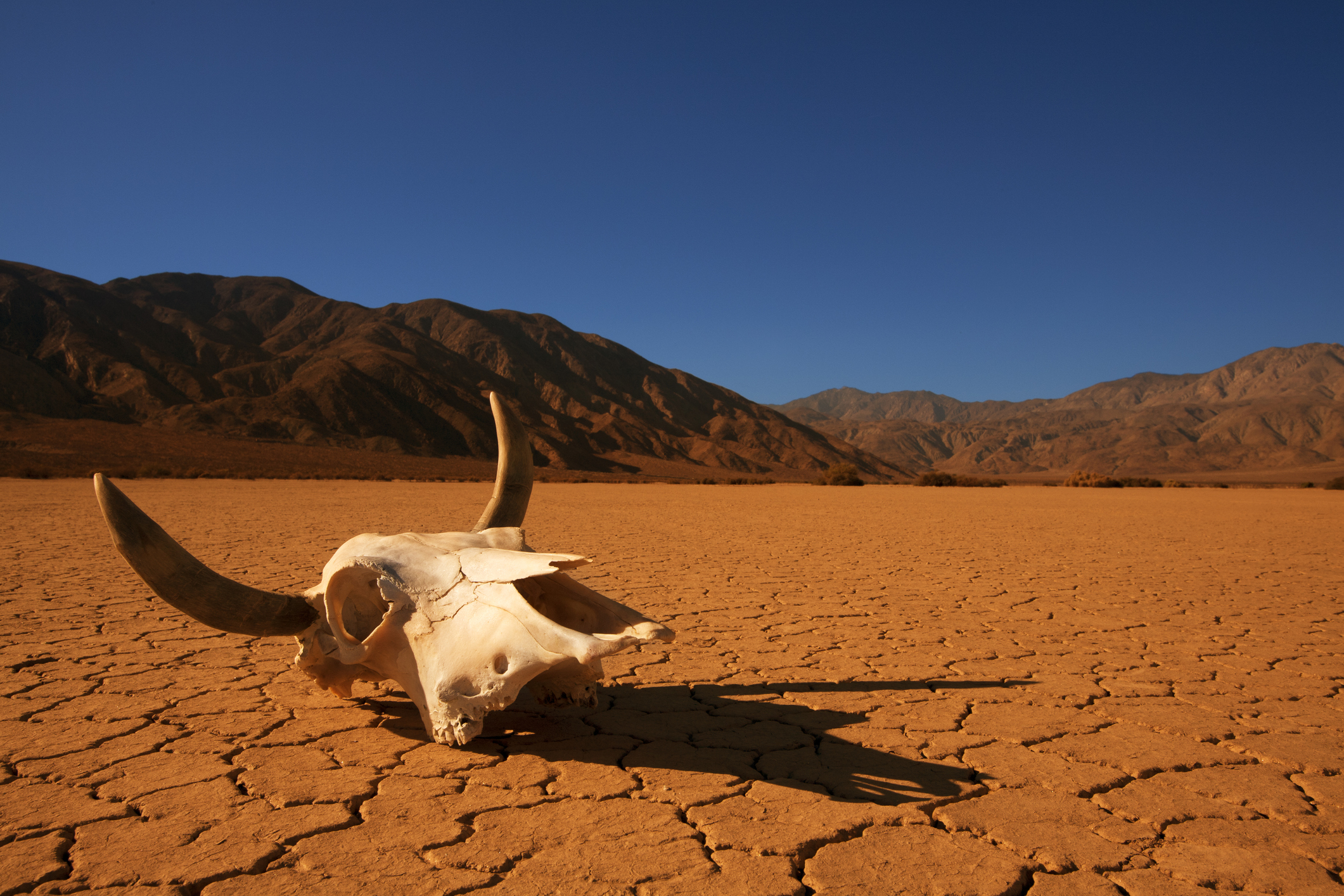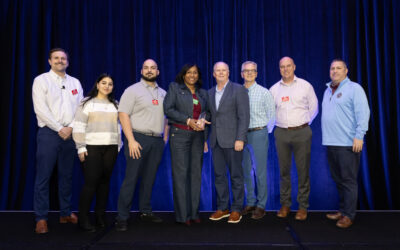The once-great country of the United States of America: A FanDuel™ Subsidiary,[1] and the world at-large are no more. City streets that once teemed with Starbucks-bound workers, dog walkers, and perpetual street construction have been replaced. A mishmash of punks, overly ambitious survivalists and cat-ranching economists now roam the country’s ruins—scavenging for scraps, bartering old cellphone cases, and sipping coffee made from who-knows-what.
How did humankind come to this? Why did society fall? Was it some massive solar flare, a war or maybe a pandemic—again? No, my friends. It was something far worse.
It was the insurance companies
At first, the signs were subtle. Some middle manager at Ace Mutual noticed a faint ripple in the claims data. More homes catching fire. Random floods in usually dry places. Increasingly weird natural disasters—like plagues of frogs and locusts—that no one could quite pin down. Yet, against all odds, every property/casualty insurer pushed forward with good ol’ “actuarial optimism,” assuming these were flukes.
It wasn’t until “The Great Underwriting Conference of 2073” that things took a dark turn. In the windowless room of a beige corporate hotel, it dawned on them: losses had outpaced premiums for decades, and they were now underwriting property, liability and flood risk in what amounted to a global jackpot of disaster zones.
The brave agents of Reliable Underwriters & Sons tried to reassure everyone: “Look, these risks are manageable, just raise premiums.” But it was too late. The industry panicked, and within weeks, the unthinkable happened: all p/c insurance policies in the world were canceled. General liability? Gone. Homeowners insurance? A memory. Auto? Don’t even ask.
And thus, the era of the “Great Uninsured Collapse” began.
Month one: Shock and awe (and trip hazards everywhere)
The immediate aftermath was chaos. Car accidents turned intersections into scenes of apocalyptic gridlock. A simple fender-bender was a financial death sentence, and people took to the streets on bikes, scooters and those dusty rollerblades they hadn’t touched since high school.
Homeowners associations—once as powerful as local governments—were rendered useless. With no homeowners insurance, residents refused to pay dues, and neighborhoods fell into disrepair. Trees fell on roofs, pipes burst and pets ran wild—forming tiny, surprisingly effective packs that terrorized mail carriers and hot dog vendors alike.
Landlords across the country, lacking general liability insurance, asked their tenants to “please just avoid slipping on anything” and handed out complimentary knee pads and flashlights.
Month six: Mad Max-adjacent
By now, civilization had truly collapsed. Every neighborhood had a self-declared “risk management specialist”—the person with the least debt who felt qualified to “do insurance stuff.” They’d create makeshift contracts, covering losses with random assets: “If I get hit by your flying drone, you owe me your mom’s homemade jam and your three nicest spoons.” These homemade policies were strictly enforced, often with surprisingly large slingshots equipped with shiny rocks.
Enterprising individuals tried to create their own “community insurance,” in which people pooled resources to cover damages. Unfortunately, anyone caught in a “liability incident” was immediately banished to The Badlands (roughly located in the current U.S. city of Trenton, N.J.) to participate in a “risk management reeducation.” Champions returned to society with a more complete knowledge of underwriting factors. The less fortunate were forced to live out their remaining days running from possum-golden retriever hybrids.
Year five: The new ‘insurance’ economy
In the fifth year of the Great Collapse, a new economy emerged. Any scrap of legal paperwork became an insurance currency. A yellowed business card for “Jim’s Insur-Co” was worth a week’s rations, and an expired policy page found in an attic was as valuable as gold.
People started bartering with old insurance policy documents, trying to cobble together whatever “coverage” they could. The slightly less desperate folks would roam the streets calling out, “Trade you a liability clause for an umbrella rider!”
In the corners of every ruin, you could hear murmurings of a mythical place called “CoverageLand,” where the “Supreme Actuary” lived. Legend said that CoverageLand offered an all-peril general liability, earthquake, fire, flood, mutant attacks—the works. A few brave souls set off on this pilgrimage, following clues like old Progressive billboards as if they were sacred.
Decade three: The rise of the ‘Underwritten’
The end of society was just the beginning of a legend. In the remains of crumbling insurance skyscrapers, a group of ex-agents formed the “Underwritten.” Donning the suit jackets, loud neckties and brandishing the ballpoint pens of their ancestors, they roamed the wastes, pledging to “insure” anyone they met—for a price.
Their “policies” became highly sought after, even if they offered dubious coverage at best. “We’re protecting you in case of ‘unforeseen misadventures,’” they’d say mysteriously, handing over an impressively stamped sheet of paper with vague Latin phrases like “Lorem ipsum,” which they assured meant something very technical.
The Underwritten would show up in shattered neighborhoods, announcing, “Need protection from the unimaginable? We’ve got a plan for that!” But everyone knew their “policies” were as hollow as the ruins they lived in.
A new dawn … maybe
Now, in this post-apocalyptic world, humanity survives with its “policies”—held together with duct tape, IOUs and lots of creative bartering. They whisper of the fabled “full coverage” policy, rumored to be hidden somewhere deep in the catacombs of old insurance offices. While many hold onto dreams of a comprehensive policy, most have accepted their fate.
Because in this world, one truth reigns supreme: If you want security, you better have your coverage—and a backup plan if you don’t.
Grab a towel …
Now, if you’re reading this and wondering if such a fate could ever befall our world, don’t panic.
Despite the wild ride, the insurance industry is one of the most resilient sectors out there. Here’s why: it’s designed around risk, backed by actuarial science, regulated at the state-level, and guided by some of the best minds in finance and law.
The entire structure exists to anticipate and mitigate exactly the kind of “unforeseen events” our fictional United States couldn’t handle (okay maybe not the possum-golden retriever hybrid).
Insurance companies are required to maintain specific reserves. They constantly adjust policies and spread risk to ensure coverage is provided and claims are paid—even in times of crisis. So, while the idea of a world without p/c insurance makes for a good story, the reality is that the insurance industry is a bedrock institution. It’s built to stand strong, even if a few crazy things come its way.
Now, if there was a zombie apocalypse though …
[1] The original United States of America nearly went bankrupt due to a shift in U.S. investment policy to a 100% beanie baby-backed economy. The country narrowly avoided financial ruin thanks to a successful longshot parlay bet made by Federal Reserve Chair Jake Paul III—and humanity hobbles along, a shadow of its former self.

Bradford J. Lachut, Esq.
Bradford J. Lachut, Esq., joined PIA as government affairs counsel for the Government & Industry Affairs Department in 2012 and then, after a four-month leave, he returned to the association in 2018 as director of government & industry affairs responsible for all legal, government relations and insurance industry liaison programs for the five state associations. Prior to PIA, Brad worked as an attorney for Steven J. Baum PC, in Amherst, and as an associate attorney for the law office of James Morris in Buffalo. He also spent time serving as senior manager of government affairs as the Buffalo Niagara Partnership, a chamber of commerce serving the Buffalo, N.Y., region, his hometown. He received his juris doctorate from Buffalo Law School and his Bachelor of Science degree in Government and Politics from Utica College, Utica, N.Y. Brad is an active Mason and Shriner.





